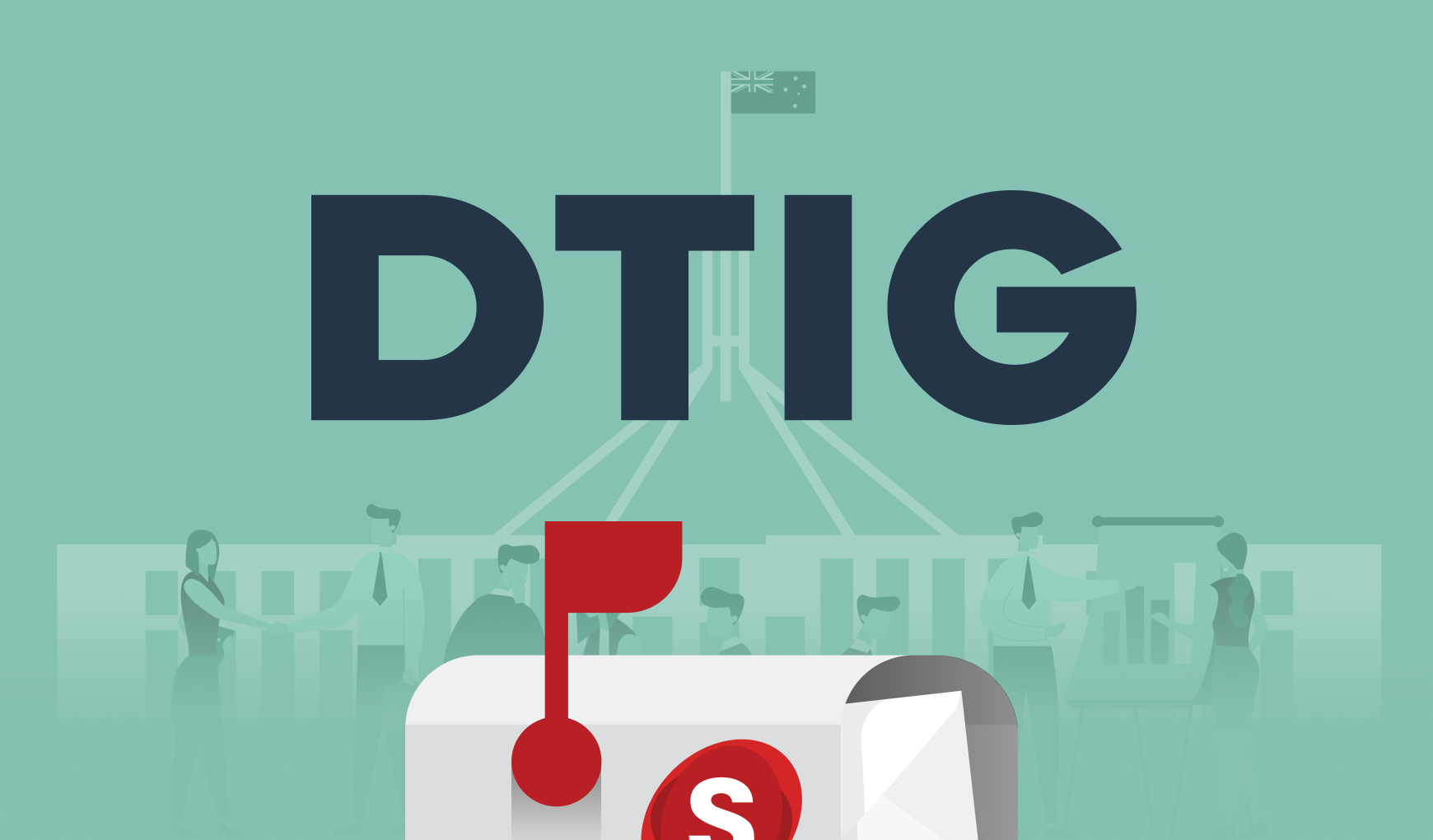Digital transformation in government through smart cities
We recently came across a great report/update that looked at the current status of smart cities in Australia. The KPMG report was based on 202 respondents from across the Australian public sector, and also gives a comparison against the 2017 data. Below is our summary, or you can read the full smart cities . The digital survey followed the Smart Cities Series 2018 by KPMG and Public Sector Network, a roadshow that went to six cities and had over 400 attendees.
The current status
One of the questions asked was: ‘Where are you on your smart city journey?’ Most people answered ‘In strategy/development’ (46.5%) and only 13% were ‘Not yet started’, which shows a 7% reduction from the 2017 data (20%). There were also more people in the pilot stage (11.5%) compared to last year’s 7%. While this is a great start, it also shows we’ve got lots of work in the near and medium-term future, despite the fact that some respondents ticked ‘Fully transformed’ (about 4%). It’s also a subjective measure (self-ranking) rather than a tightly controlled definition with objective criteria of what a smart city entails and what benchmarks have to be met for each status classification.
The report also includes quotes from specific council representatives, providing some tailored insight into what different jurisdictions are doing and focusing on in terms of strategy.
Smart city projects
It’s interesting to see the focus of some of the current projects underway, or planned. For 2018, the main projects were:
Communication networks, 16%
Platforms, 14.5%
Infrastructure, 14%
Parking, 14%
This contrasts to 2017, when WiFi rollout was the top priority, followed closely by lighting and smart infrastructure.
Platforms is an interesting one from our perspective, as it shows consolidation within jurisdictions and represents the general move in the public sector towards whole-of-government digital platforms – see our blog Launching a whole-of-government digital platform on an open cloud platform for more information.
Obstacles
Respondents were also asked about obstacles. For 2018 the highest polling response was lack of clear leadership (17%), followed closely by financial (16%), availability of resources (15%), procurement (14%), collaboration (12%) and adequately skilled resources (11%). This shows the spread of the obstacles that government faces.
Who owns the strategy?
Interestingly, there was a large cross-section of who owns the smart city strategy. It ranges from CEO (30%) to CIO (13%) and COO (4%).
Smart cities – not just technology
The report also took a broader approach, looking at other things that make a ‘smart city’, again, citing some specific examples. For instance, Glen Eira Council in Melbourne talked about also focusing on a smarter organisation and the need to look at the whole customer service process, from end-to-end.
The report also emphasised the need for collaboration — with citizens, with other jurisdictions, with businesses and with universities.
Smart cities and open data
Not surprisingly, open data was also a key area examined. The report talked about the opportunities it presents, as well as some specific case studies, such as the City of Melbourne’s Open Data . Open data gives the private sector and academia a chance to develop innovative solutions using public data. (GovHack is a great example of this, and is something we’ve blogged about (and participated in!) a few times.) Data security was also addressed, even though only 1% of respondents cited cybersecurity as a challenge.
Funding smart cities
Funding smart cities is another issue. One source of funding is the Federal Government’s Smart Cities and Suburbs Program. The report noted that in November last year Round 2 recipients were announced.
Although not captured in the report, we wanted to include a snapshot for some of those 32 recipients to give you an idea of the councils and projects involved. Some of the projects that received funding include:
Wollondilly Shire Council — parkland city sensor network
Lake Macquarie Council — smart beaches project
Canterbury-Bankstown Council — closing the loop on waste
Alice Springs Town Council — smart solar trees
Bundaberg Regional Council — using open data to support sea turtle survival
Mornington Peninsula Shire Council — smart parking and amenities
There were a few water-related projects — such as projects for smart water meters, smart water management and flooding sensors — as well as smart parking projects.
Salsa Digital’s take
Smart cities are an important agenda item for digital transformation in government, and also in line with Salsa’s vision of helping governments become more open, more consolidated and more connected.
While the KPMG report is limited to those public servants who took part in the Smart Cities Series 2018 by KPMG and Public Sector Network, it provides a good snapshot of what’s going on with smart cities in Australia. It’s also a great way to be able to compare data across different years, and we look forward to seeing the 2019 report at the beginning of next year. Hopefully it will show that we’re moving closer to smart cities in Australia.

